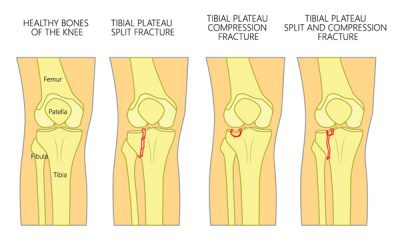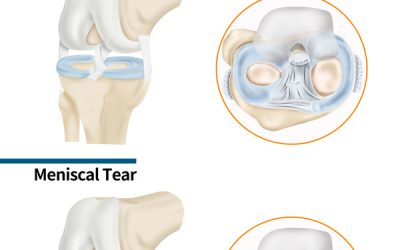The most common patella dislocation occurs to the lateral or outer side of the knee. Medial (inner) dislocation is rare and mainly occurs from a direct trauma. The main predisposing factor for lateral dislocation is the femur rotational misalignments that shift the patella outwards initially creating a condition called knee maltracking syndromes, which disturbs the smooth up and down movement of the patella on the patellofemoral groove. If left untreated, the increase rotational forces caused by the knee misalignment and weakness of the supporting soft tissue, may allow the patella to fully com out from its original groove.
Assessment
The entire Lower extremity biomechanical chain must be evaluated as per the neurological and mechanical influences of the pelvis, hip, and foot.
Clinical evaluation of the knee and patella alignment as well as visualizing the pattern of compensation presence on the lower extremity.
X-ray analyses
Anterior – Posterior (AP) knee view is essential to evaluate the degree of misalignment involved in this deformity.
Lateral x-ray lateral view is important to properly visualize the rotational misalignments of the femur that are commonly found as a predisposing factors for the development of patella dislocations.
Treatment protocol
Manually reduction of the patella
Specific adjustments to the knee joint
Stretching and strengthening of specific hip and knee muscle groups
Functional taping may be used in the beginning of the treatment to hold the patella in place
Depending on the level of deformity and chronicity, minimum 6 weeks of care is advisable to resolve this condition.




